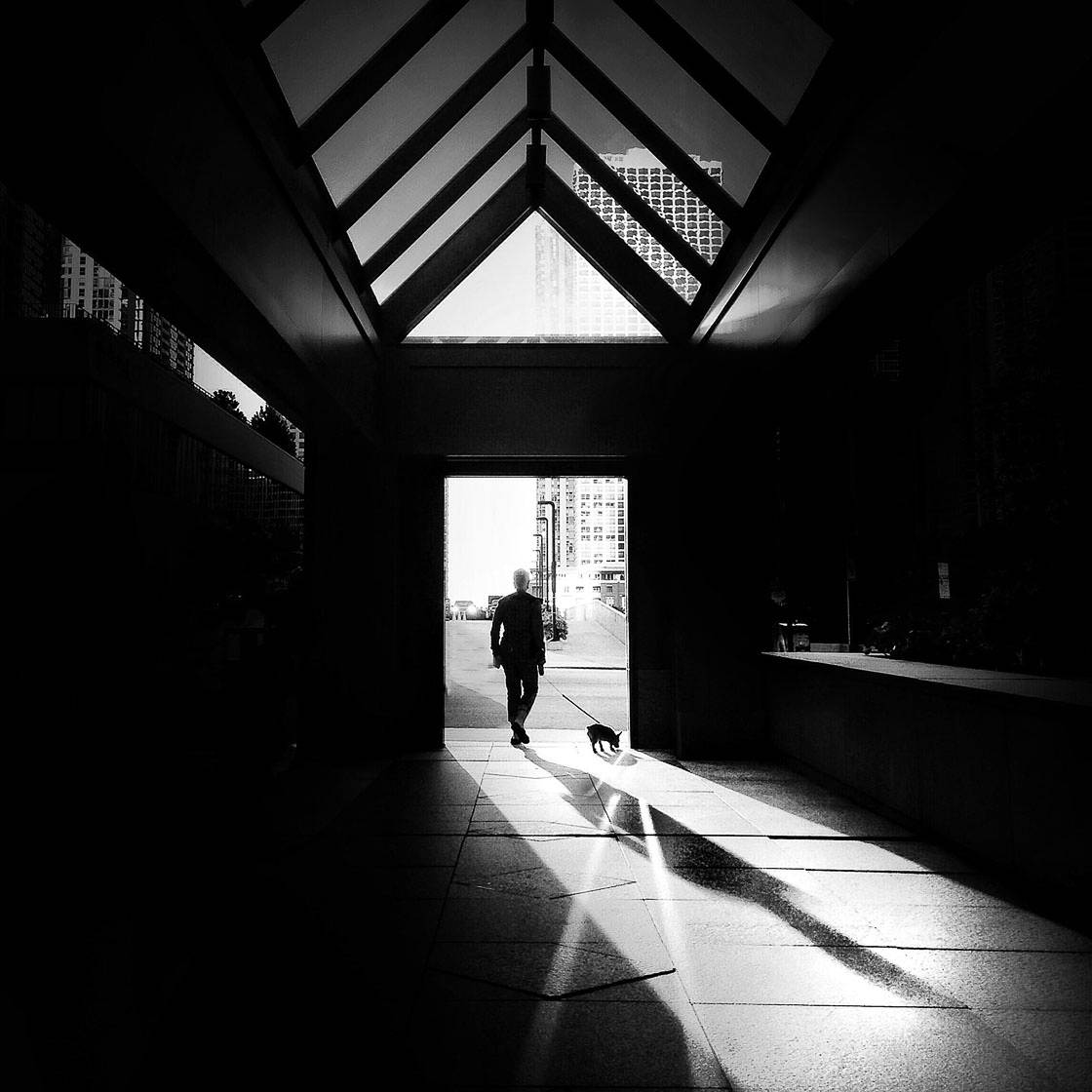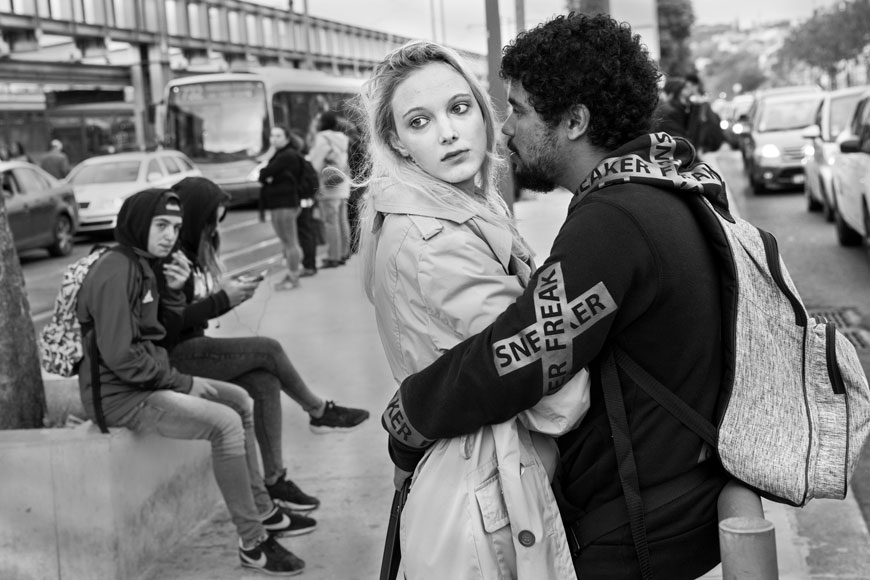Street Photographers Things To Know Before You Buy
Street Photographers Things To Know Before You Buy
Blog Article
The smart Trick of Street Photographers That Nobody is Talking About
Table of ContentsStreet Photographers Fundamentals ExplainedSome Known Details About Street Photographers The Main Principles Of Street Photographers The Best Strategy To Use For Street PhotographersThe 6-Minute Rule for Street Photographers
, a genre of photography that records day-to-day life in a public area. The actual publicness of the setup makes it possible for the photographer to take candid photos of complete strangers, commonly without their understanding. Street professional photographers do not always have a social objective in mind, but they like to separate and record minutes which may or else go undetected.Though he was affected by much of those that influenced the street professional photographers of the 1950s and '60s, he was not chiefly interested in capturing the spirit of the street. The impulse to visually record people in public began with 19th-century painters such as Edgar Degas, douard Manet, and Henri de Toulouse-Lautrec, that functioned side by side with photographers attempting to record the essence of city life.
Due to the fact that of the fairly primitive innovation available to him and the long direct exposure time called for, he struggled to record the stress of the Paris roads. He experimented with a series of photo methods, attempting to locate one that would permit him to capture activity without a blur, and he discovered some success with the calotype, patented in 1841 by William Henry Fox Talbot. Unlike Atget, photographer Charles Marville was employed by the city of Paris to create an encyclopaedic record of Haussmann's city preparation job as it unfolded, hence old and brand-new Paris. While the digital photographers' subject was basically the very same, the results were substantially various, demonstrating the impact of the professional photographer's bent on the personality of the photos he created.
Street Photographers for Beginners
Provided the great top quality of his photos and the breadth of product, engineers and musicians typically bought Atget's prints to make use of as reference for their own job, though commercial interests were rarely his primary motivation. Rather, he was driven to photo every last remnant of the Paris he liked. The mingled passion and seriousness of his goal shine through, causing photographs that narrate his very own experience of the city, qualities that prepared for road digital photography of the 20th century.

Unlike his peers, Brassa utilized a larger-format Voigtlnder cam with a much longer direct exposure time, requiring him to be more calculated and thoughtful in his method than he may have been if making use of a Leica. (It is believed that he might not have actually been able to manage a Leica back then, but he did, however, make use of one in the late 1950s to take colour photos.) Brassa's pictures of the Paris abyss brightened by man-made light were a revelation, and the compilation of the collection that he released, (1933 ), was a major this contact form success.

The Ultimate Guide To Street Photographers
It is due to this basic understanding of the art of photo taking that he is usually credited with discovering the medium throughout once more approximately a century considering that its innovation. He took photos for greater than a half century and affected generations of professional photographers to trust their eye and instinct in the moment.
These are the inquiries I shall try to respond to: And after that I'll leave you with my own definition of street photography. Yes, we do. Let's start with specifying what an interpretation is: According to it is: "The act of specifying, or of making something precise, distinct, or clear".
No, definitely not. The term is both restricting and misleading. Seems like a street photography must be images of a roads appropriate?! And all road professional photographers, with the exception of a tiny number of absolute newbies, will fully appreciate that a road is not the key part to street digital photography, and in fact if it's a picture of a road with possibly a few monotonous individuals not doing anything of rate of interest, that's not street photography that's a picture of a street.
The Single Strategy To Use For Street Photographers
He makes a legitimate point don't you assume? While I concur with him I'm not certain "honest public digital photography" will certainly catch on (although I do kind of like the term "candid photography") due to the fact that "road digital photography" has actually been around for a long time, with numerous masters' names affixed to it, so I believe the term is here to stay. Street Photographers.
You can shoot at the coastline, at a festival, in an alley, in a park, in a piazza, in a cafe, at a museum or art gallery, in a city terminal, at an occasion, on a bridge, under a bridge ...
Street Photographers Fundamentals Explained
Yes, I'm afraid we this post terrified no choice! Without rules we can not have a definition, and without a meaning we don't have a category, and without a style we do not have anything to define what we do, and so we are stuck in a "regulations interpretation genre" loop! - Street Photographers

Report this page